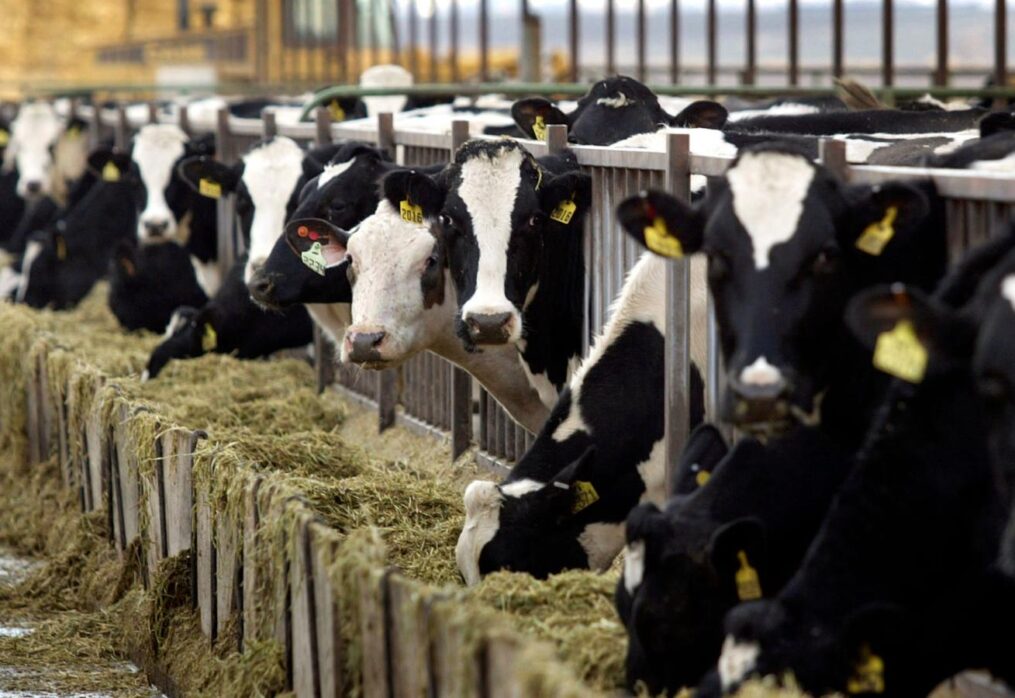December 5, 2022
7 Tips On Reducing Feed Waste On Your Dairy Farm
Feed waste on a dairy farm can significantly impact the profitability of the operation. Not only does it represent a direct financial loss, but it also reduces the overall efficiency of the farm. Reducing feed waste should be a priority for any dairy farmer looking to improve the sustainability and profitability of their operation. Here are some tips for reducing feed waste on a dairy farm:
- Proper storage of feed: Ensuring that feed is stored properly is crucial to reducing waste. Feed should be stored in a dry, cool, and well-ventilated area to prevent spoilage and deterioration. Silage should be properly sealed to prevent air infiltration and wrapped bales should be stored off the ground to prevent moisture absorption.
- Use the right feeders: Using the right feeders can help reduce feed waste by promoting more efficient feeding. For example, bunk feeders and self-feeders can help reduce feed waste by allowing cows to eat at their own pace and reducing competition for feed. Additionally, using feeders with adjustable feed flow rates can help prevent overfeeding.
- Monitor feed intake: Regularly monitoring feed intake can help identify any issues with feed waste. By keeping track of feed intake, farmers in Kenya can identify cows that may be underperforming and adjust their feeding regimes accordingly.
- Use feed additives: Certain feed additives, such as enzymes and mold inhibitors, can help reduce feed waste by improving the digestibility of feed and preventing spoilage. These additives can be particularly useful in situations where feed quality is compromised, such as during wet or hot weather.
- Implement feeding management practices: Implementing feeding management practices, such as feeding cows at the same time every day and using electronic feed management systems in large farms, can help reduce feed waste by promoting more consistent and efficient feeding habits.
- Use precision feeding techniques: In larger farms, precision feeding techniques and related technology, such as using feed sensors and robotic feeders, can help reduce feed waste by allowing farmers to more accurately predict and control feed intake. These techniques can also improve feed efficiency by tailoring feed rations to the specific needs of individual cows.
- Utilize feed byproducts: Many dairy farms generate feed byproducts that can be fed back to cows. By utilizing these byproducts, farmers can reduce feed waste and improve the sustainability of their operation.
Reducing feed waste on a dairy farm requires a combination of proper storage, the right feeding equipment, and management practices. By implementing these strategies, dairy farmers can improve the efficiency and profitability of their operation and reduce their environmental impact.
